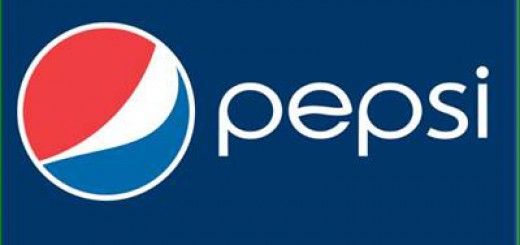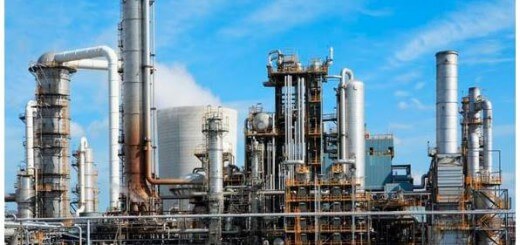Candyland Pakistan: A Quality Controls Study
Candyland Pakistan: A Quality Controls Study
The company manufactures and sells high quality sugar confectioneries products under the brand name of Candyland. Candyland produces different products to satisfy different markets and consumer preferences. Candyland uses high quality raw materials and state of the art technology which increases cost, but it forgoes high profit margins in order to keep prices reasonable and in line with the competition.
PRODUCT LINE
The product line of Candyland consists of:
- Jellies
- Toffees
- Candies
- Bubblegums
- Chew toffees
PRODUCTION PROCESS
Candies and Toffees
The production process of candies and toffees is given in the appendix. The process starts with cooking all the raw materials in the cooker.
This completes the production process.
- Bubblegums and Chew Toffees
- Jellies
The production process for jellies is slightly different from that of candies and toffees.
DEMAND FORECASTING
The basic assumption that Candyland has on which it bases its demand forecast is that one kid spends one rupee per month on Candyland product. Candyland has the advantage of shifting products from one locality to another when it faces fluctuations in demand. For instance, if the company cannot sell a comparatively higher priced product in a low income area, it shifts them to a high income location so that they Candyland be sold in that area. With reference to the Dillworth’s pyramid, Candyland occupies the two legs of quality and cost.
CAPACITY REQUIREMENTS PLANNING
Candyland has a total fixed capacity of 6,000 tons of confectionery per annum. Candyland operates in an industry characterised by fluctuating demand. Normally Candyland uses two shifts of workers. In periods of high demand, Candyland uses a mixed strategy of varying it work forces size and inventory. The excess inventory store form periods of low activity first utilised to meet the increased demand .
MANAGING DEPENDANT DEMAND INVENTORY
Dependant demand inventory management is an important area at Candyland as most of its raw materials are imported. It is important to ensure that these materials are available at the right time, so as not to stall the production process and delay delivery.
Materials Management and Inventory Determination
This plan is made for each individual product. Inventory is ordered according to the family of products. This is because products of each family contain many similar materials, and it is not important to order materials separately for each product.
Lead Time And Safety Stock
Candyland does not incur large storage costs as most its raw materials are not very bulky. Locally procured or imported Space occupied by the materials. The safety stocks for imported products are larger, while those for the locally procured materials are smaller. Most of the imported raw materials are flavours and packaging, which are specially made for Candyland. Since the reordering cost for these items are high due to freight costs, Candyland believes in ordering these items in bulk to reduce reordering costs and ensure continual supply. The lead times for imported materials are 10-12 works. Candyland prefers to keep sole suppliers for its imported raw materials as these are tailored to Candyland’s needs. For each product of Candyland has its own individual packing materials and its own distinct flavour. Furthermore, this arrangement also helps the company to ensure good quality of raw materials.
SCHEDULING
Schedules are based on the demand schedule generated by the sales department.
QUALITY CONTROL
Quality control takes place at three levels.
- Receipt of raw materials
- During production
- Finished Goods
Candyland begins its quality control with materials procurement, where having sole suppliers ensures high quality raw materials. The raw materials are then inspected upon delivery by the quality control department. Quality is ensured during production by random checks conducted by the quality control supervisors. Workers are also trained to inspect the product as it passes through the production process.













